Do you have a question about the GE Sievers 900 and is the answer not in the manual?
Handle hazardous reagents like ammonium persulfate and phosphoric acid with care. Read MSDS.
Wear acid-resistant gloves, protective clothing, and safety goggles for reagent handling.
Reagent containers are single-use only; do not refill to maintain warranty and performance.
Always use the in-line filter on the sample inlet to prevent Analyzer damage and voiding warranty.
Ensure sample flow and DI water reservoir are ready before analysis to avoid false readings.
Begin installation by unpacking and inspecting the Sievers 900/5310 C Analyzer.
Ensure all identification records for the Analyzer are completed accurately.
Choose a suitable location for the Analyzer, referring to the System Specifications chart.
Carefully install the acid and oxidizer reagent cartridges, ensuring correct connection and valve positioning.
Fill the DI water reservoir to the indicated fill line using the provided bottle and nozzle.
Install optional accessories like the ICR and connect necessary cables, following safety guidelines.
Connect analog outputs and alarms by referring to terminal block configurations for TB3.
Connect the 1/4" Teflon tubing for the sample inlet and the 3/4" OD tubing for the waste outlet.
Perform initial configuration including power-on, password, time zone, reagent dates, and data I/O.
Perform a reagent flush to remove air bubbles and leave the Analyzer powered on for 12 hours.
Details on linear range, precision, accuracy, analysis time, sample flow rate, and temperature.
Information on power supply, fuses, ambient conditions, and sample pressure limits.
Lists available outputs, calibration stability, reagents, and safety/certification standards.
Instructions on downloading operation and maintenance manuals from the GE Instruments website.
Handle hazardous reagents like ammonium persulfate and phosphoric acid with care. Read MSDS.
Wear acid-resistant gloves, protective clothing, and safety goggles for reagent handling.
Reagent containers are single-use only; do not refill to maintain warranty and performance.
Always use the in-line filter on the sample inlet to prevent Analyzer damage and voiding warranty.
Ensure sample flow and DI water reservoir are ready before analysis to avoid false readings.
Begin installation by unpacking and inspecting the Sievers 900/5310 C Analyzer.
Ensure all identification records for the Analyzer are completed accurately.
Choose a suitable location for the Analyzer, referring to the System Specifications chart.
Carefully install the acid and oxidizer reagent cartridges, ensuring correct connection and valve positioning.
Fill the DI water reservoir to the indicated fill line using the provided bottle and nozzle.
Install optional accessories like the ICR and connect necessary cables, following safety guidelines.
Connect analog outputs and alarms by referring to terminal block configurations for TB3.
Connect the 1/4" Teflon tubing for the sample inlet and the 3/4" OD tubing for the waste outlet.
Perform initial configuration including power-on, password, time zone, reagent dates, and data I/O.
Perform a reagent flush to remove air bubbles and leave the Analyzer powered on for 12 hours.
Details on linear range, precision, accuracy, analysis time, sample flow rate, and temperature.
Information on power supply, fuses, ambient conditions, and sample pressure limits.
Lists available outputs, calibration stability, reagents, and safety/certification standards.
Instructions on downloading operation and maintenance manuals from the GE Instruments website.
| Brand | GE |
|---|---|
| Model | Sievers 900 |
| Category | Measuring Instruments |
| Language | English |
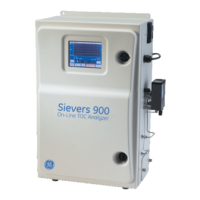
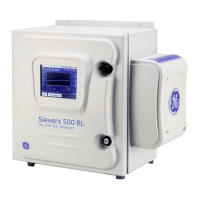

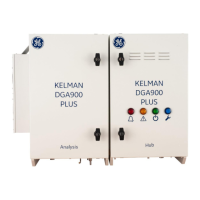
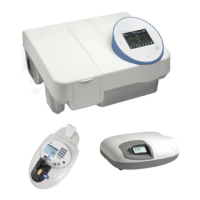
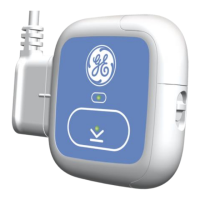

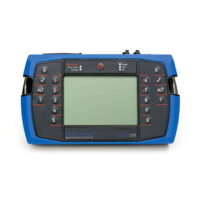


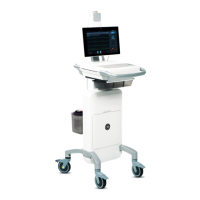
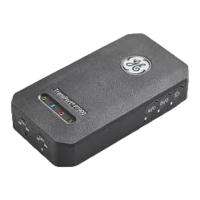
